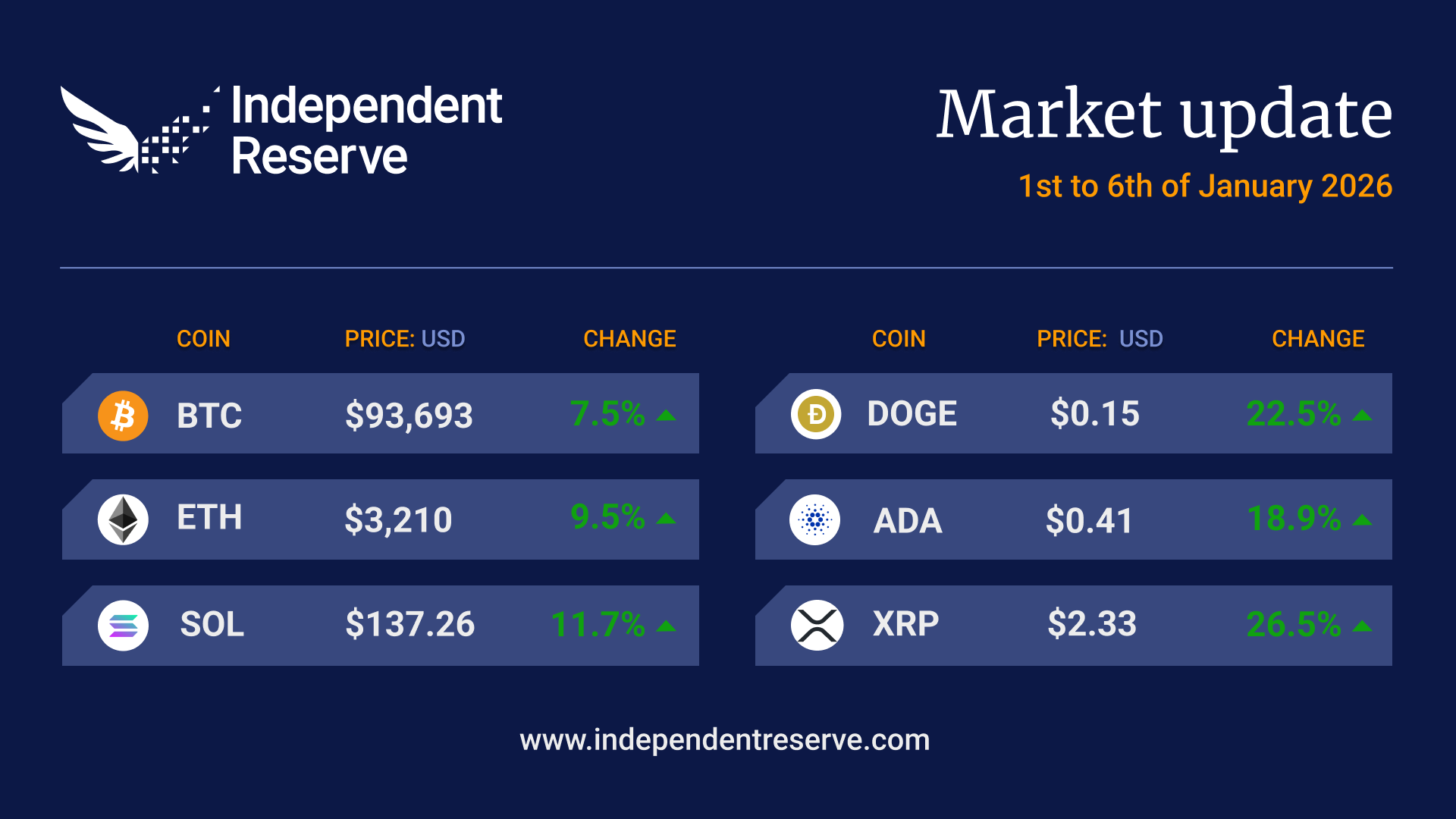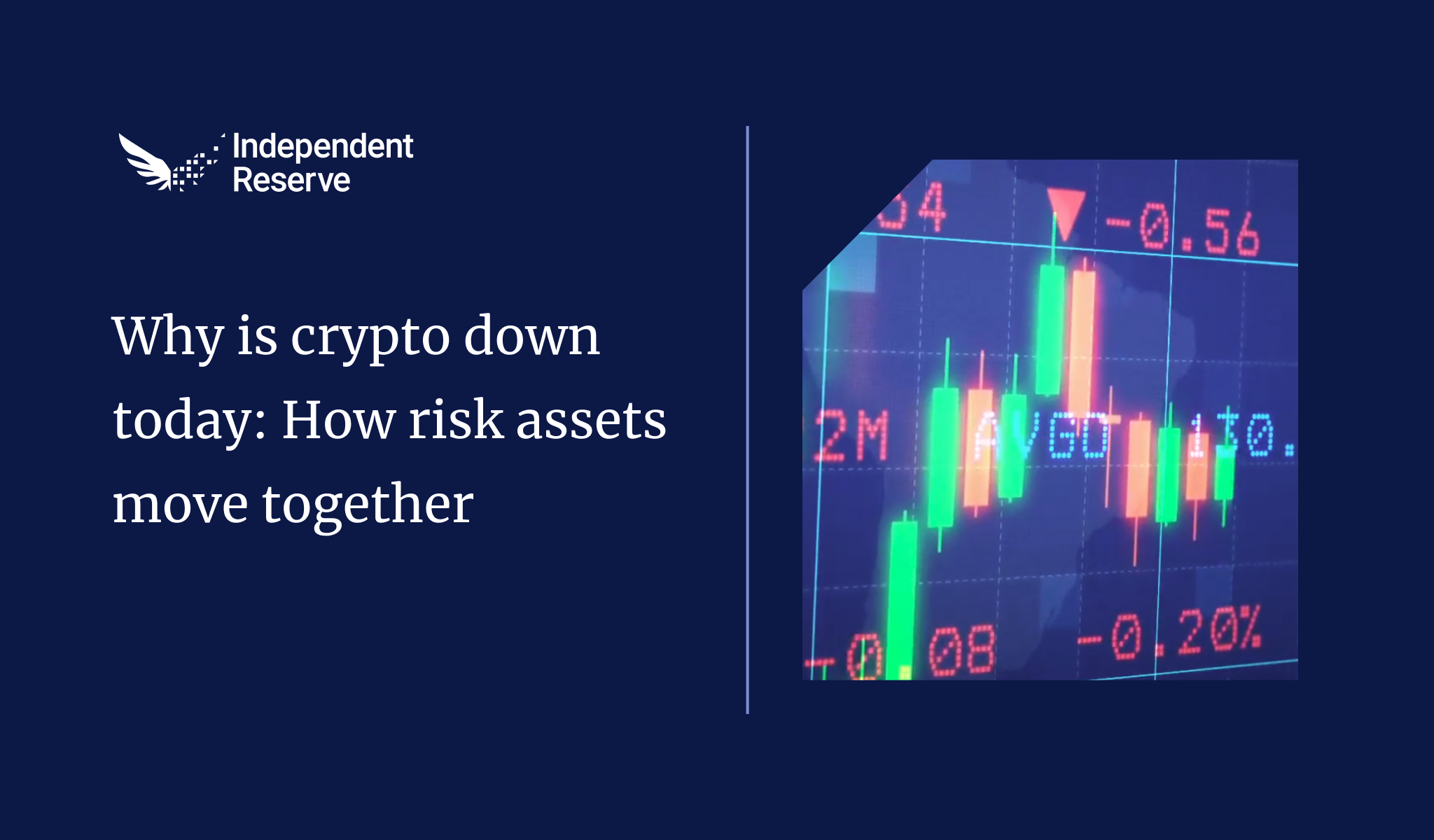Crypto and Bitcoin’s decentralised, borderless design enables anyone to accept payments globally without needing bank-regulated bank accounts or merchant facilities. As Bitcoin’s price continues to rise, its popularity has given rise to a range of increasingly sophisticated scams targeting retail investors. As with any financial product, it pays to understand the risks and protect yourself.
How scammers reach you
Scammers typically initiate contact via:
- Messaging platforms like WhatsApp, Telegram, TikTok, Facebook Messenger, and WeChat
- Social media and fake social media ads
- Dating apps
- Fake job ads
- Search engine ads and fake websites
- YouTube livestreams or deepfake videos
How to protect yourself
Quick tips to stay safe:
- Bookmark and only use https://www.independentreserve.com or our official Android or iOS apps.
- Bookmark other official websites you may use.
- We’ll never ask you to install software or share your screen.
- We’ll never ask you to move or transfer your crypto.
- Never send crypto to pay taxes or unlock “found” funds or crypto.
- Never trust anyone claiming they can recover lost crypto.
- Never share your account login information.
- Do not click on any email links unless you have verified their authenticity.
- Do not download any apps or browser extensions unless you have verified they are legitimate.
- Reject investment or crypto offers requiring an upfront payment, especially if the fee is in crypto.
- Always enable 2-factor authentication (2FA) to add an extra layer of security to all your online accounts.
- Always do your own research and get as much information as you can from official sources, before investing in any cryptocurrency project or crypto-related offering.
Watch for fake websites and schemes
- Do not engage with anyone claiming to represent Independent Reserve offering an investment scheme.
- Carefully check URLs for typos or strange characters.
- Bookmark https://www.independentreserve.com instead of searching for it.
- Report fake ads via the “⋮” menu.
- Notify us of fake ads via support@independentreserve.com so we can quickly escalate the removal of fake ads.
Don’t move your crypto or funds under pressure
- End the chat or call immediately if you’re told to move your crypto or funds.
- If you believe your account was compromised, contact us immediately at support@independentreserve.com or online support.
- Never share passwords, addresses or codes under pressure.
Stay alert
- Avoid clicking on DMs or unsolicited offers.
- Enable 2FA (two-factor authentication).
- Only trust content from our official accounts: X/Twitter, YouTube, Facebook, Instagram, TikTok (Global), LinkedIn (Global), Reddit, WeChat.
Follow our official WeChat account:

How to spot common scams
Investment scams
Investment scams often promise high returns with little risk and create urgency to make fast decisions before an opportunity “closes.” Common red flags include claims that returns are ‘guaranteed’ and offers to help set up the investment process.
Tip: These scams often begin with an unsolicited message on WhatsApp, Facebook, or Telegram. If someone you don’t know promises big returns with no risk, it’s a scam.
Fake websites and apps
Scammers often create fake crypto trading sites or imitate popular crypto apps or wallets to trick unsuspecting users. These fake sites often have minor differences, like a single letter change in the URL, making them hard to spot at first glance.
- Phishing pages are fake websites that trick people into providing their account details. They often appear through links in emails or in Google or Yahoo search results.
- Direct theft: At first, the fake site lets you make small withdrawals to gain your trust. Once you start putting in bigger amounts or try to withdraw your funds, the scammers give fake excuses, like government taxes, to make you add more money. Ultimately, the site shuts down and steals all your funds.
Tip: Only use https://www.independentreserve.com and bookmark it on your device. If using your mobile, only use our official mobile apps from the App Store or Google Play.
Romance or “pig butchering” scams
There are long-term scams that start on dating apps or social media. After building trust, the scammer introduces a “lucrative” crypto investment, convincing you to invest in fake platforms or wallets. Once you transfer funds, they disappear or demand more money.
Tip: Be cautious of anyone you meet online pushing crypto investments. Verify opportunities independently.
Remote access scams
If someone asks you to install AnyDesk or screen-sharing software, it’s almost certainly a scam.
Tip: We will never ask for remote access.
Deepfake endorsement scams
Using AI, scammers create realistic videos of celebrities or public figures, like Elon Musk, endorsing fraudulent crypto investments. These videos lead to fake websites that steal your money or wallet details. One in five (20%) Australian businesses and around one-third (36%) of Australian consumers have been targeted by deepfake scams as of 2024.
Tip: Verify endorsements through official sources. Celebrities rarely promote crypto giveaways.
Fake recovery scams
Scammers will claim they can recover stolen assets or claim they’ve found crypto “owed” to you, but you must pay a fee to release it. Once paid, the scammer disappears.
Tip: Avoid anyone promising guaranteed recovery.
Drainer and fake airdrop scams
Scammers advertise free crypto giveaways (airdrops) through social media or emails, directing you to connect your wallet to a malicious website. Once connected, the site runs a script to steal your crypto.
Tip: Never connect your wallet to unverified websites. Free crypto offers are often a trap.
Rug pulls / “Pump & dump” schemes
A “rug pull” happens when the developers of a crypto project suddenly take all the money and disappear, leaving you with nothing. These developers are often anonymous and rarely caught, so the stolen money is usually gone forever. A “pump and dump” is when a new token is heavily promoted online, often by influencers or fake celebrity endorsements, to get people to buy in. The price goes up quickly, and then the scammers sell all their tokens, causing the price to crash, leaving you with losses.
Tip: Avoid tokens that are hyped without a clear roadmap.
Job offer scams
Criminals offer “remote work” or “payment processing” jobs, asking you to transfer crypto or money between accounts. Scammers create urgency and pressure, encouraging quick decisions while providing vague explanations about the work and the source of funds. In reality, you’re moving stolen funds, which could make you liable for money laundering.
Tip: Never transfer money or crypto to strangers, especially in job offers that seem too good to be true.


